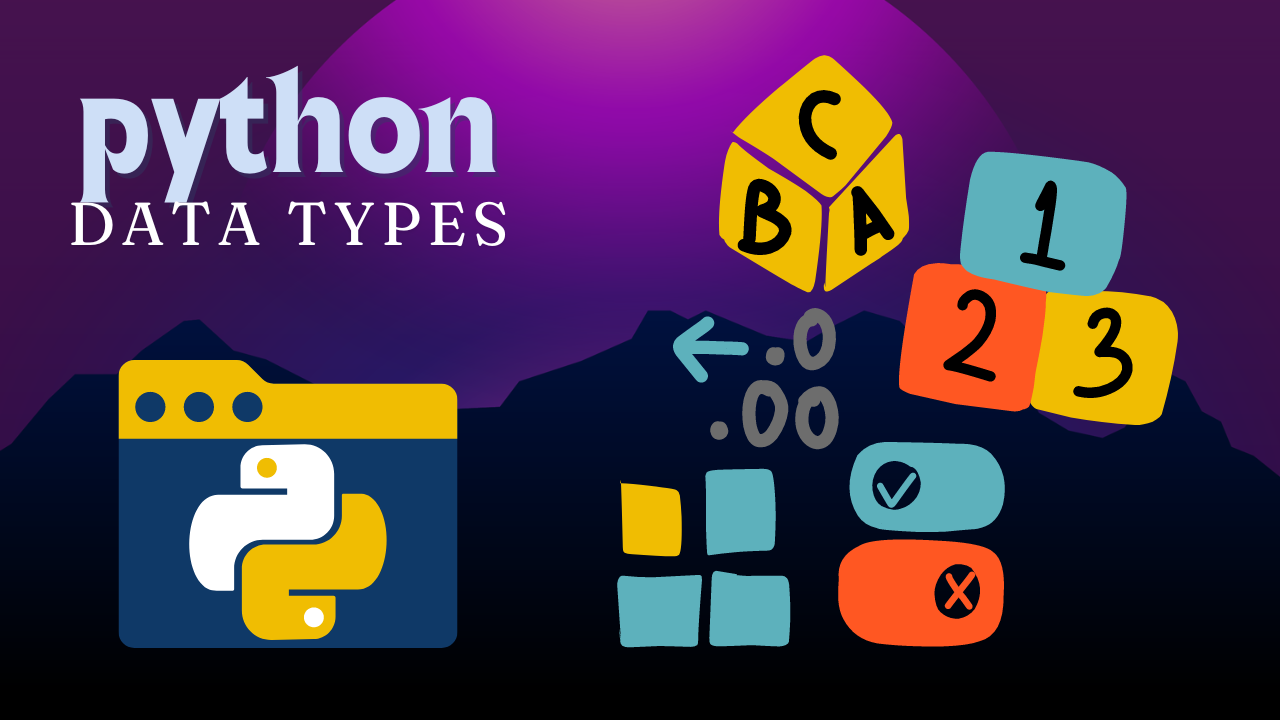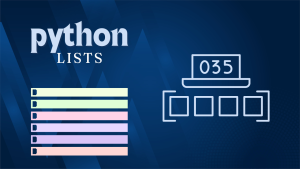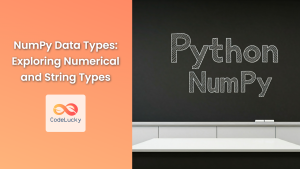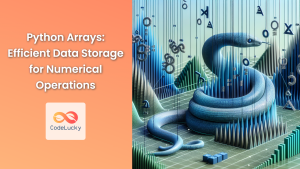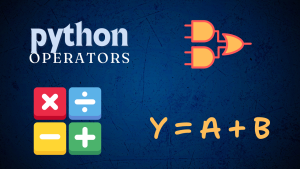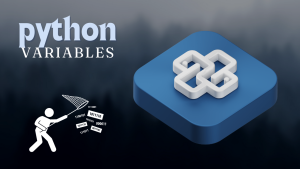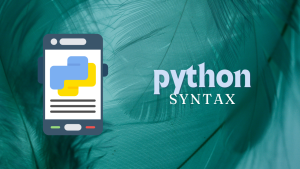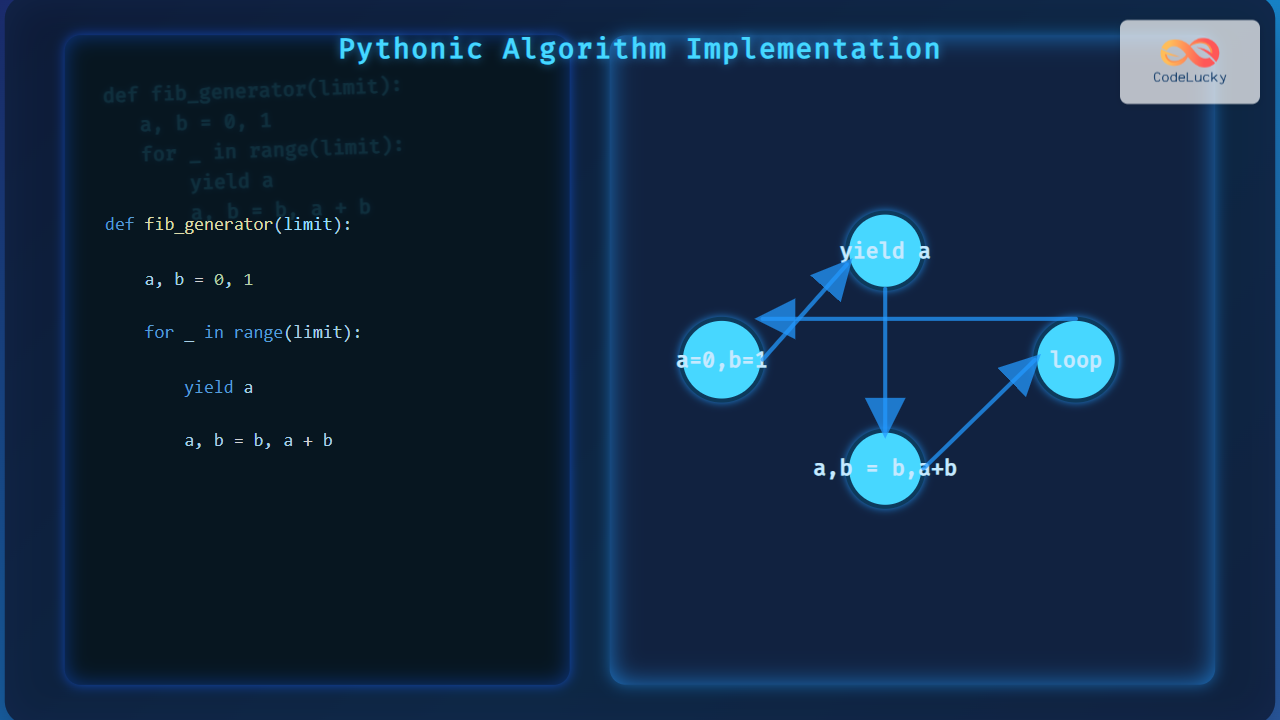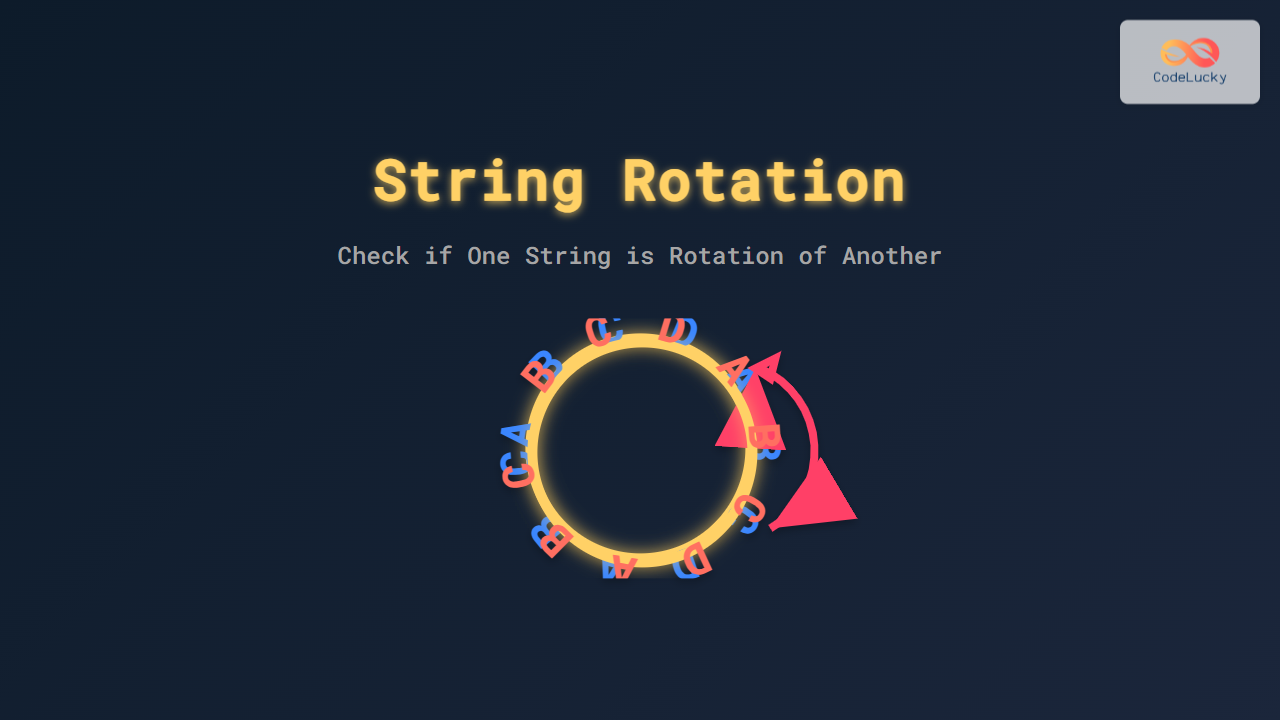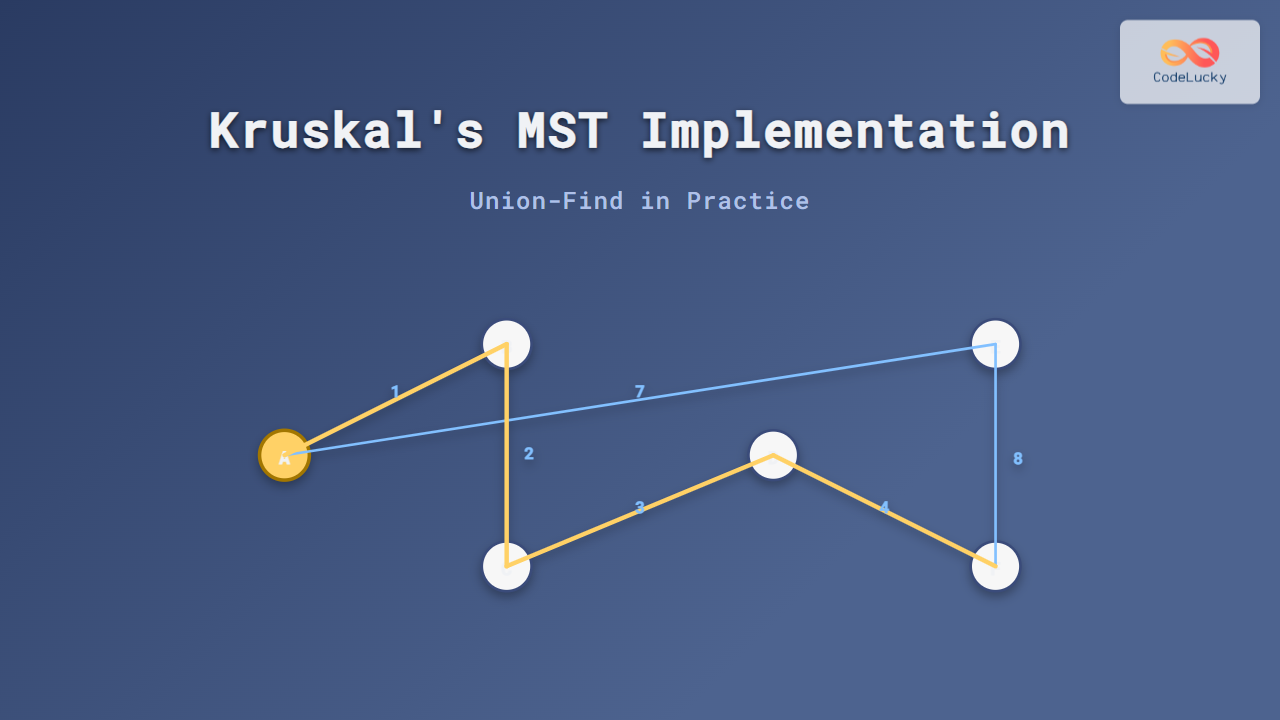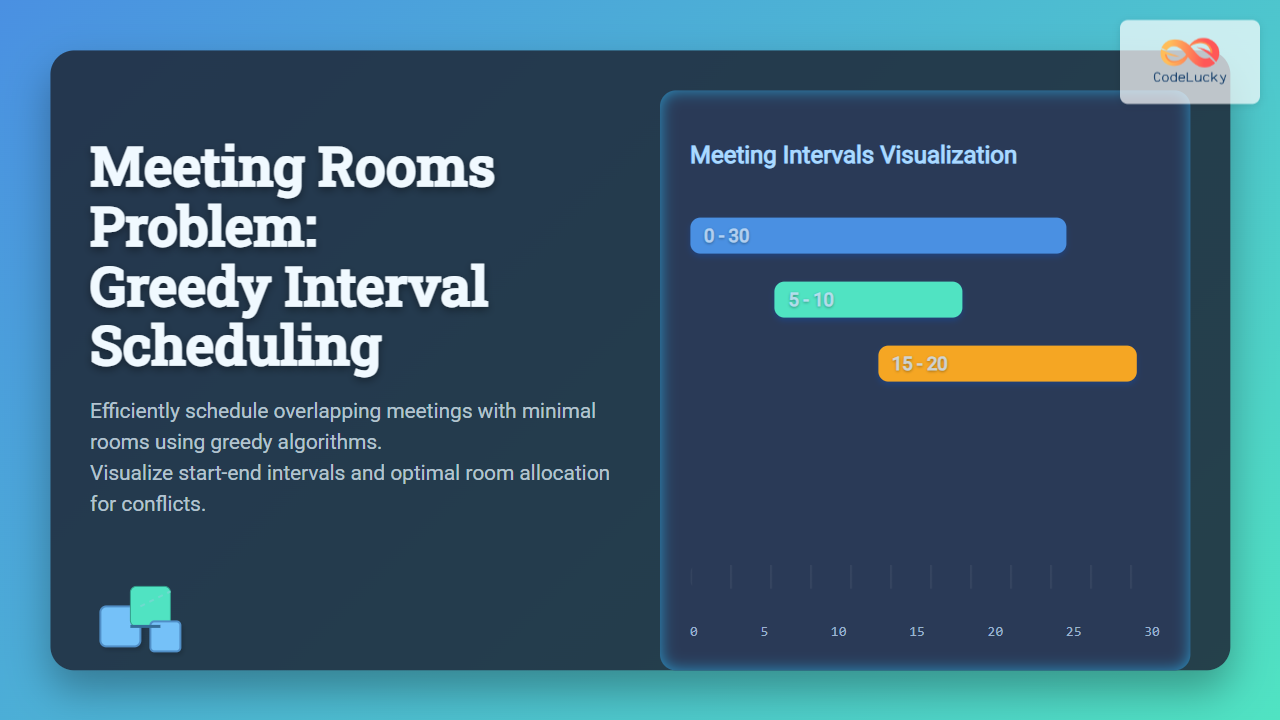Introduction
Python’s versatility and power stem largely from its rich set of data types. Whether you’re manipulating text, crunching numbers, or working with complex data structures, understanding Python’s data types is crucial for writing efficient and effective code. In this comprehensive guide, we’ll dive deep into Python’s core data types, exploring their properties, methods, and best practices. By the end of this article, you’ll have a solid grasp of how to work with strings, numbers, lists, tuples, dictionaries, and more in Python.
Why Data Types Matter 🎯
- Efficiency: Choosing the right data type can significantly improve your program’s performance.
- Clarity: Proper use of data types makes your code more readable and self-documenting.
- Functionality: Different data types provide specialized methods and operations.
- Error Prevention: Understanding data types helps prevent type-related errors.
Python’s Core Data Types
1. Numeric Types
Python offers three distinct numeric types: integers, floating-point numbers, and complex numbers.
Integers (int)
Integers represent whole numbers, positive or negative, without a decimal point.
x = 5
y = -10
big_number = 1_000_000 # Underscores for readability
print(type(x)) # Output: <class 'int'>
🚀 Fun Fact: Python 3 integers have unlimited precision, meaning you can work with arbitrarily large numbers!
Floating-Point Numbers (float)
Floats represent real numbers and are written with a decimal point or in scientific notation.
pi = 3.14159
avogadro = 6.022e23 # Scientific notation
print(type(pi)) # Output: <class 'float'>
⚠️ Caution: Be aware of floating-point precision issues:
print(0.1 + 0.2 == 0.3) # Output: False
print(round(0.1 + 0.2, 10) == round(0.3, 10)) # Output: True
Complex Numbers (complex)
Complex numbers have a real and an imaginary part, represented as a + bj.
z = 3 + 4j
print(z.real) # Output: 3.0
print(z.imag) # Output: 4.0
2. Sequence Types
Sequence types are ordered collections of items.
Strings (str)
Strings are immutable sequences of Unicode characters.
greeting = "Hello, World!"
multiline = """This is a
multiline string"""
print(greeting[0]) # Output: H
print(len(greeting)) # Output: 13
String Methods:
name = "Alice"
print(name.upper()) # Output: ALICE
print(name.replace('A', 'a')) # Output: alice
print(" python ".strip()) # Output: python
🔤 String Formatting: Use f-strings for easy and readable string formatting:
name = "Bob"
age = 30
print(f"{name} is {age} years old") # Output: Bob is 30 years old
Lists
Lists are mutable, ordered sequences that can contain items of different types.
fruits = ["apple", "banana", "cherry"]
mixed = [1, "two", 3.0, [4, 5]]
print(fruits[1]) # Output: banana
fruits.append("date")
print(fruits) # Output: ['apple', 'banana', 'cherry', 'date']
List Comprehensions:
squares = [x**2 for x in range(5)]
print(squares) # Output: [0, 1, 4, 9, 16]
🔄 List Slicing: Use slicing for powerful list manipulation:
numbers = [0, 1, 2, 3, 4, 5]
print(numbers[2:5]) # Output: [2, 3, 4]
print(numbers[::-1]) # Output: [5, 4, 3, 2, 1, 0] (reversed)
Tuples
Tuples are immutable sequences, often used for fixed collections of items.
coordinates = (10, 20)
rgb = (255, 0, 128)
print(coordinates[0]) # Output: 10
🔒 Tuple Packing and Unpacking:
# Packing
person = "Alice", 30, "New York"
# Unpacking
name, age, city = person
print(f"{name} is {age} years old and lives in {city}")
3. Mapping Type: Dictionaries (dict)
Dictionaries store key-value pairs and are highly optimized for retrieving data.
person = {
"name": "Charlie",
"age": 35,
"city": "London"
}
print(person["name"]) # Output: Charlie
person["job"] = "Developer"
print(person) # Output: {'name': 'Charlie', 'age': 35, 'city': 'London', 'job': 'Developer'}
Dictionary Comprehensions:
squares = {x: x**2 for x in range(5)}
print(squares) # Output: {0: 0, 1: 1, 2: 4, 3: 9, 4: 16}
🔑 Default Values: Use get() method to provide default values:
print(person.get("salary", "Not specified")) # Output: Not specified
4. Set Types
Sets are unordered collections of unique elements.
fruits = {"apple", "banana", "cherry"}
fruits.add("date")
print(fruits) # Output: {'cherry', 'apple', 'date', 'banana'} (order may vary)
# Set operations
a = {1, 2, 3}
b = {3, 4, 5}
print(a.union(b)) # Output: {1, 2, 3, 4, 5}
print(a.intersection(b)) # Output: {3}
🚀 Performance Tip: Use sets for membership testing and removing duplicates from a sequence.
5. Boolean Type (bool)
Booleans represent the truth values True and False.
is_sunny = True
is_raining = False
print(is_sunny and is_raining) # Output: False
print(is_sunny or is_raining) # Output: True
print(not is_sunny) # Output: False
🤔 Truthy and Falsy: In Python, many values are considered “truthy” or “falsy”:
# Falsy values
print(bool(0)) # False
print(bool("")) # False
print(bool([])) # False
print(bool(None)) # False
# Truthy values
print(bool(1)) # True
print(bool("hello")) # True
print(bool([1, 2, 3])) # True
Advanced Data Type Techniques
Type Conversion
Python allows you to convert between different data types:
# String to int
age = int("30")
# Float to int
pi_approx = int(3.14159)
# Int to string
count_str = str(1000)
# String to list
char_list = list("Python")
The None Type
None represents the absence of a value and is often used as a default for optional function arguments.
def greet(name=None):
if name is None:
return "Hello, Guest!"
return f"Hello, {name}!"
print(greet()) # Output: Hello, Guest!
print(greet("Alice")) # Output: Hello, Alice!
Type Checking
Use isinstance() for type checking:
x = 5
print(isinstance(x, int)) # Output: True
print(isinstance(x, (int, float))) # Output: True (checks if x is int or float)
Best Practices for Working with Data Types
- Choose the Right Type: Use the most appropriate data type for your data and operations.
- Use Type Hints: Improve code readability and catch potential errors:
def calculate_area(radius: float) -> float:
return 3.14159 * radius ** 2
- Leverage Built-in Methods: Each data type has powerful built-in methods. Explore and use them.
- Be Mindful of Mutability: Remember that strings and tuples are immutable, while lists and dictionaries are mutable.
- Use Set for Unique Collections: When you need a collection of unique items, use a set instead of a list.
- Prefer
isfor None Comparisons: Usex is Noneinstead ofx == None.
Interesting Facts About Python Data Types 🐍
- Python uses dynamic typing, meaning you don’t need to declare the type of a variable explicitly.
- Lists in Python are implemented as dynamic arrays, providing O(1) access time.
- Dictionaries in Python 3.7+ maintain insertion order by default.
- Python’s strings are immutable, which allows for certain optimizations like string interning.
- The
sys.getsizeof()function can be used to check the memory size of Python objects.
Conclusion
Mastering Python’s data types is fundamental to becoming a proficient Python programmer. From the basic numeric types to more complex structures like dictionaries and sets, each data type has its strengths and ideal use cases. By understanding these types and their operations, you’ll be able to write more efficient, readable, and powerful Python code. Remember, the key to mastery is practice – so experiment with these data types in your own projects to solidify your understanding. Happy coding! 🚀💻

